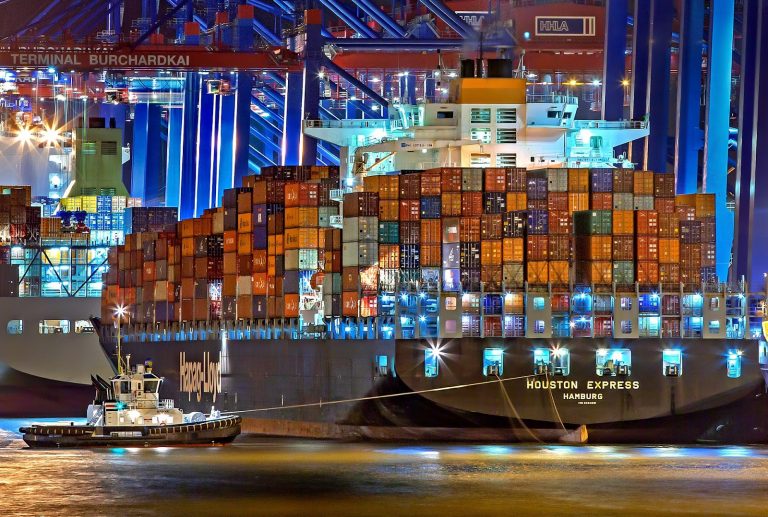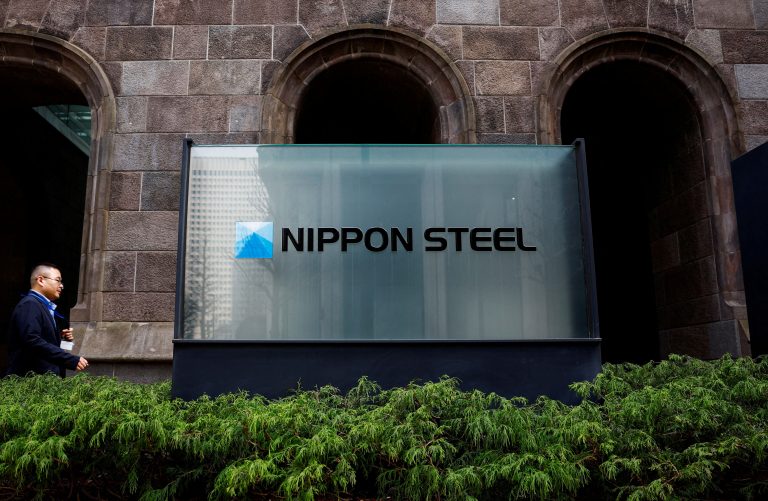In May, the Chinese province of Guangdong saw a sudden outbreak of a new wave of COVID-19 infections which forced authorities to shut down businesses and districts to try and contain the virus. The outbreak disrupted port services and delayed deliveries, driving up costs and worsening the international shipping crisis.
The global supply chain has already been hit by two crises. The first was triggered by the economic recovery in various parts of the world late last year. This led to a boom in buying which ended up resulting in a shortage of shipping containers. Consequently, there were massive delays in shipping goods from China to the West which drove up costs for businesses and consumers.
The second crisis was the Ever Given container getting stuck in the Suez Canal in March, an incident that blocked the water route for almost a week and held up around $9 billion in international trade daily. And now, the Guangdong viral breakout is looking to complicate the matter further.
Guangdong shipping crisis
According to Brian Glick, founder and CEO at supply chain integration platform Chain.io, the disruptions in Guangzhou and Shenzhen, two cities in Guangdong, are “absolutely massive.” Combined, “they would have an unprecedented supply chain impact,” he said to CNBC. When taking into account the challenges faced by the global supply chain this year, the shipping industry is in “absolutely unchartered waters.”
Both Guangzhou and Shenzhen are some of the largest shipping ports in the world by container volume. Guangdong accounts for roughly 24 percent of total Chinese exports. JP Wiggins, vice president of corporate development at shipping software firm 3GTMS, advised people to “expect shortages,” with some Asian-origin products estimated to be out of stock.
Success
You are now signed up for our newsletter
Success
Check your email to complete sign up
“I think the risk of supply chain disruption is rising, and export prices/shipping costs will likely rise further. Guangdong Province plays a critical role in the global supply chain,” Zhang Zhiwei, chief economist at Pinpoint Asset Management, said to CNBC.
Last week, several ports in Guangdong issued notices suspending the entry of vessels without first securing advance reservation. Several shipping companies also notified their clients of potential changes to port call schedules, delays in vessel arrivals, and even potentially skipping some ports. Maersk, the world’s leading container line, raised its duration of expected delays at Guangdong’s Yantian port from 14 to 16 days.
“Basically we had a similar experience last year so we have experience in responding, only the increase in transport costs are getting really astonishing. The freight fees are reflected in the increase in material costs which are up by around 15%-30% already,” a sales manager at an electronics cable manufacturer in Shenzhen, told Reuters.
In an interview with BBC, Peter Sands, chief shipping analyst at the industry organization Bimco, stated that the sector is used to responding to such crises and these states of emergency have now almost become a permanent situation.
However, Sands said that authorities at Yantian port are not being open and transparent enough which ends up hampering their ability to draw up contingency plans.
Christmas shipping, rising costs
James Baker, containers editor at shipping industry publication Lloyd’s List, believes that the current disruption in shipping could continue for a minimum of 12 more months, during which consumers from North America and Europe would have to wait longer to get their goods. He stated that retailers are already putting in their orders for Christmas goods, which also contributes to the congestion in the supply chain.
“Traditionally, the peak season for container shipping starts in the third quarter as everyone stocks up for the holiday season in the west, but this year we’re just in a permanent peak season already, and heaven knows what’s going to happen come August or September. It could get crazy. It’s very hard to tell,” Baker said to BBC.
At present, shipping costs are climbing so high that some in the business are having trouble keeping their operations afloat. David Sun, who has over a decade of experience in the logistics business, told the South China Morning Post that he has never seen shipping fees climb so quickly and as high as they have this year.
This has put pressure on Sun, who has to pay his shipping booking agent every single month but only gets payments from clients once every two to three or even six months. “That means every month I need to pay the agent three to five times… The cash flow pressure is so high that I have mortgaged my house to the bank,” Sun said.
The cost of moving a 40-foot sea container to Dubai from China is hovering around $5,000 while earlier the cost used to be just around $1,000. The cost of shipping a container from China to Europe recently exceeded $10,000 for the first time, a 500-percent increase since June 2020.
















